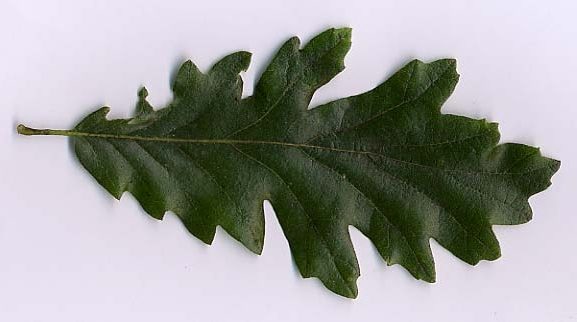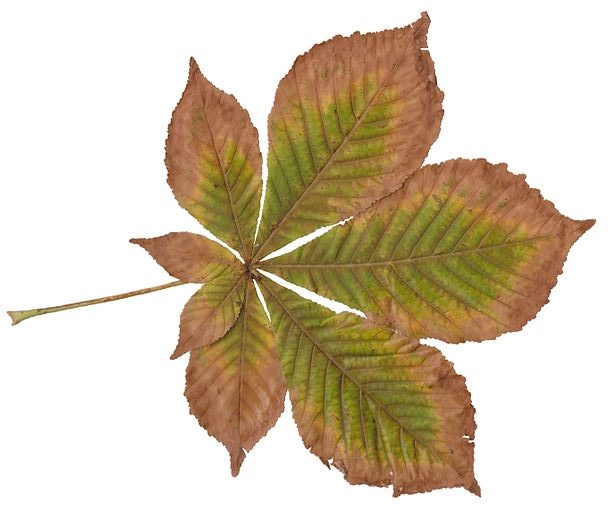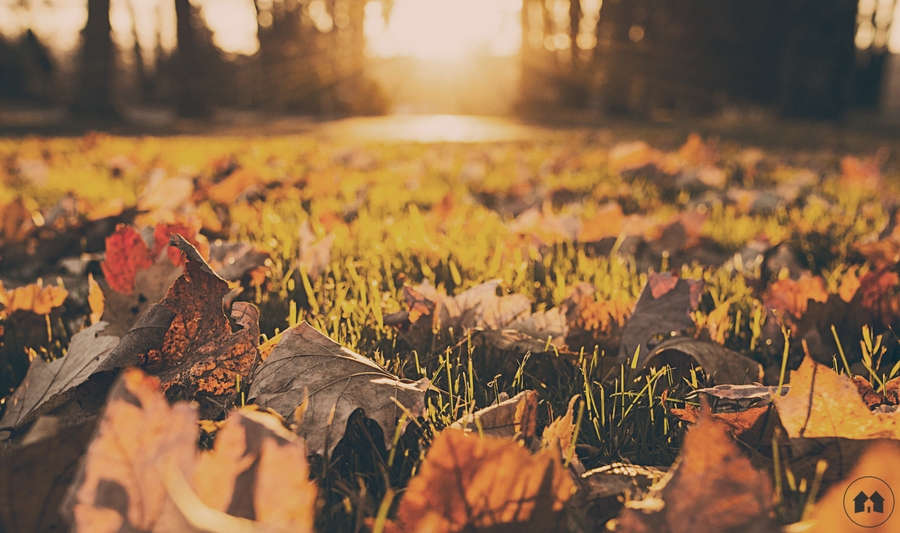Millions of tiny fingerprints left by the Master botanist clothe once-naked branches every year, filling me with awe for our Creator.
Leaves are absolutely amazing to me: miniature solar powerhouses creating life for the tree, while simultaneously bathing the earth with beauty. Each leaf, unique in its own right, telling a story of perseverance, loyalty, and purpose … selflessly fulfilling God’s design, then falling to decay and enrich the soil, allowing new growth to flourish.
Leaves are one of the first signs of new life in the spring, and the source of vibrant beauty in the fall. Simply walking through a forest when the trees are shedding their robes is magical. Toddlers and pets alike race to catch them, as if they’re capturing tiny paper stars falling from the sky. And I’ve never known a child who doesn’t love to hurl themselves into the biggest pile of leaves they can make; like flying a kite or riding a bike, it’s almost a rite of passage.
They come in an incredible variety of shapes, colors, and sizes—and what educational adventures they can give us! With an almost endless supply available for collection, you can:
- study leaf structure and function,
- collect and identify the leaves from various trees,
- enjoy making leaf rubbings,
- read or memorize famous poetry about leaves (and use them as copywork for younger students),
- have your students write their own poems about leaves or autumn,
- learn about leaf chromatography and try this experiment,
- or just go play in the leaves!
My husband prefers to mulch our leaves each year to enrich the soil, but many people consider them a nuisance. Are your children excited to jump in a giant pile of leaves, but they need more than they’ll find in your own yard? Find an elderly neighbor’s yard to rake, and turn leaf removal into a ministry opportunity for your family. You’ll find most people are happy to “donate” their leaves to the worthy cause!
I recently stumbled across a book titled A Notebook of Trees, by Yves-Marie Allain. I fell in love with the simple, elegant layout, and decided to start a collection with my Kindergartner. The book has a section on the tree’s etymology, origin, and description; as well as a place to insert a leaf, along with a note on where, when, and who collected it. While every tree in your area won’t be included, it has pockets and extra blank pages where you can add trees that aren’t listed. Our whole family enjoys taking walks to accumulate different types of leaves to complete our collection. After all, almost everywhere you go, there are trees lining your path!
Maybe a special leaf-collecting book just isn’t in the budget—especially if each of your kids wants to gather his own set!—but these free printable leaf identification cards (editor’s note: a mailing list sign-up is required to download) are a great resource for the whole family.
Not being the most observant person, I was surprised when my youngest child and I began reading about the differences in leaves and their structure. There are simple and compound leaves, the latter of which is divided into pinnate and palmate categories.
- Simple leaves are those of a single piece. They come straight off the tree branch undivided into leaflets. The actual leaf is only attached at the tree’s bud. Here in North American, common types of trees with simple leaves are: oak, maple, elm, birch, beech, and cherry. Here’s an example of a simple leaf:

- Pinnately compound leaves branch off the main stem in leaflets that can alternate or be directly opposite the leaf on the other side of the stem. They are attached at a rachis, the biological term for a main axis where you won’t ever find a bud node. Common North American types are: hickory, walnut, pecan, ash, box elder, black locust and honey locust. Here is an example of a pinnately compound leaf:

- Palmately compound leaves have smaller leaflets attached to the stalk of a leaf at a single, central point. There is a palm-like shape, which resembles your hand with fingers spreading out from the center. Perhaps the most recognizable example is poison ivy; in North America, horse chestnut and buckeye trees have a palmately compound leaf. Here is an example:

Some leaves alternate on the branch, while others appear opposite one another. There are further classifications based on the shape of the leaf itself and the type of edge; these designations include wavy, lobed, denate (toothed), palmately lobed, and many others. An exceptionally comprehensive list of leaf shapes and structures can be found here.
If you aren’t one of those fortunate folks who can easily identify trees by their leaves as you walk through the woods, there are inexpensive field guides available from most local libraries. Thrift and used book stores are another great source, or your smartphone can come to your rescue: here’s a free online tree identification guide from the Arbor Day Foundation.
A few years back, my sister made some amazing leaf/flower presses for my kids. Create your own press with tile and felt using Ms. Sam’s instructions, or follow these to build a completely wooden version that can be as simple as a couple boards and the accompanying hardware. (You could also pull out the wood burner and draw fancy designs, or personalize it with a child’s name!) Flower and leaf presses are a simple project that will last for years to come, and they make a unique, thoughtful gift for a nature-loving friend.
In addition to collecting leaves to learn about trees, on the internet you will also find many leaf-based craft projects for children of all ages. Start with the activities from Wendy’s Kid-Friendly Fall Crafts post, then look for others on sites like Pinterest or Instructables. Some of the ideas are cute and quirky, while others produce incredibly elegant works of art. (For example, this amazing lamp is something I would be thrilled to have in my home!)
Do you have a child who loves to read, or just wants to find out more about trees or leaves? Here are a few book recommendations we love:
- Trees Up Close by Nancy Ross Hugo
- Miss Maple’s Seeds by Eliza Wheeler – an enchanting tale about seed dispersal.
- The Fall of Freddie the Leaf by Leo Buscaglia, Ph.D – a beautiful allegory using leaves to gently explain death to a child.
- Why Do Leaves Change Color? by Betsy Maestro
- Audubon Society Field Guide to North American Trees by the National Audubon Society
This autumn, take advantage of the abundance raining down in your neck of the woods, and fall in love with fall all over again … this time, alongside your children!

Beautifully written. I’ve always loved to hike in autumn, but I have a new appreciation for it this year, just sitting and being still, and observing it around me.
I’m going to look for some of these books.
😁 Thank you! I love fall for so many reason. ❤️